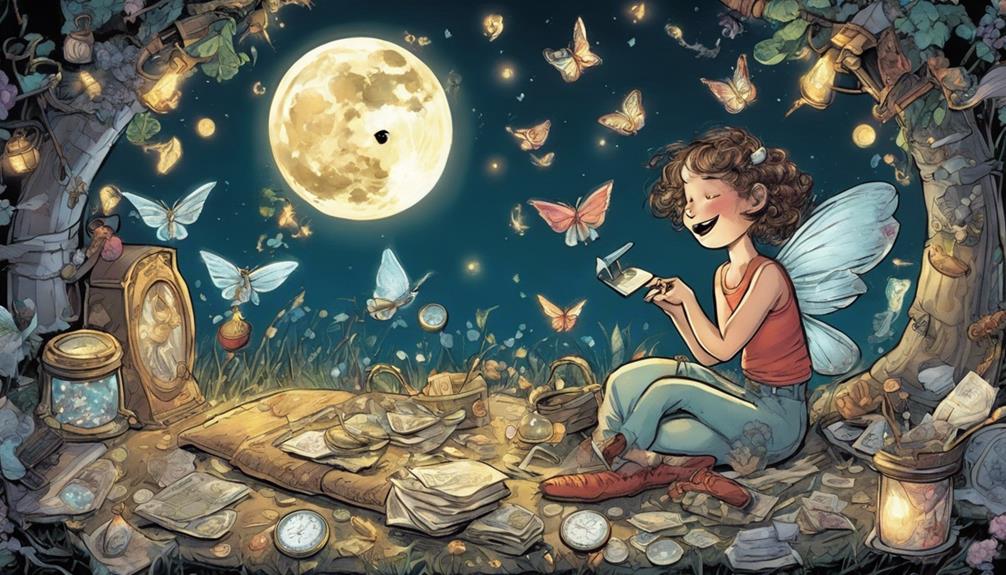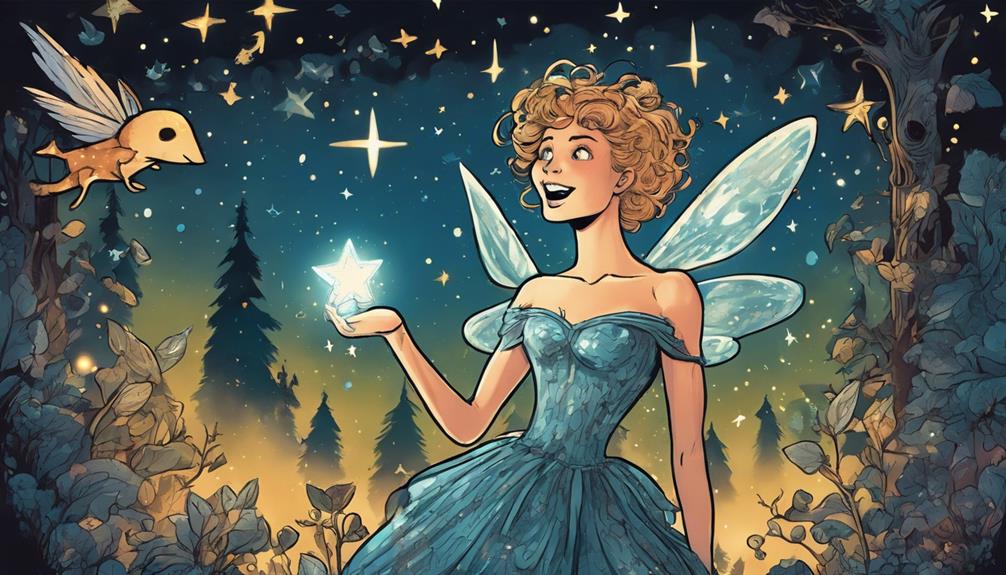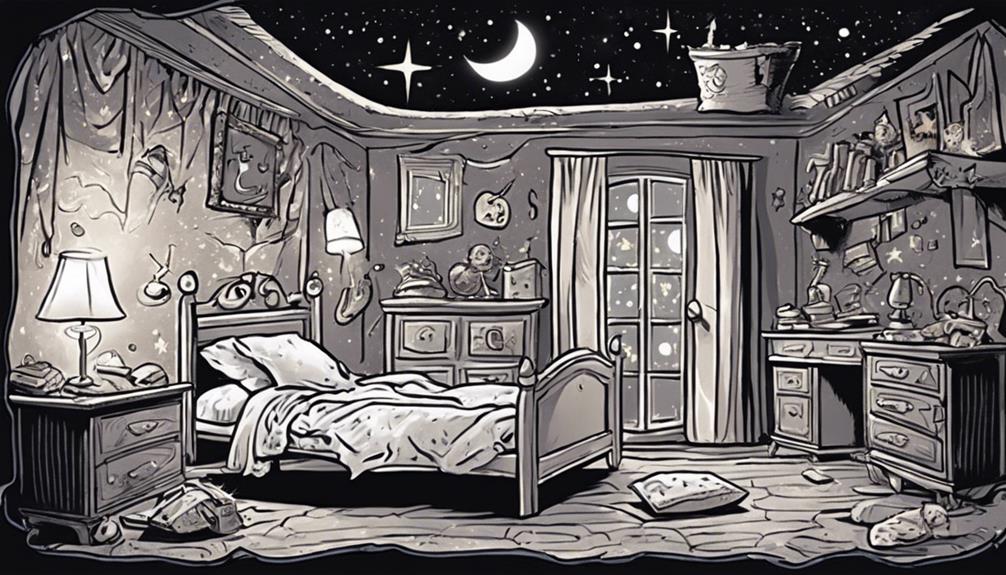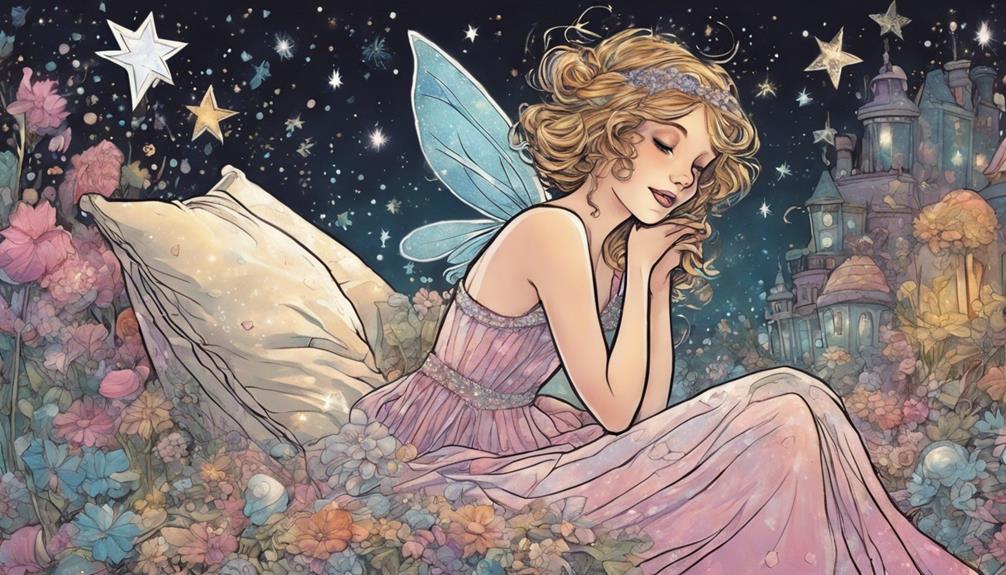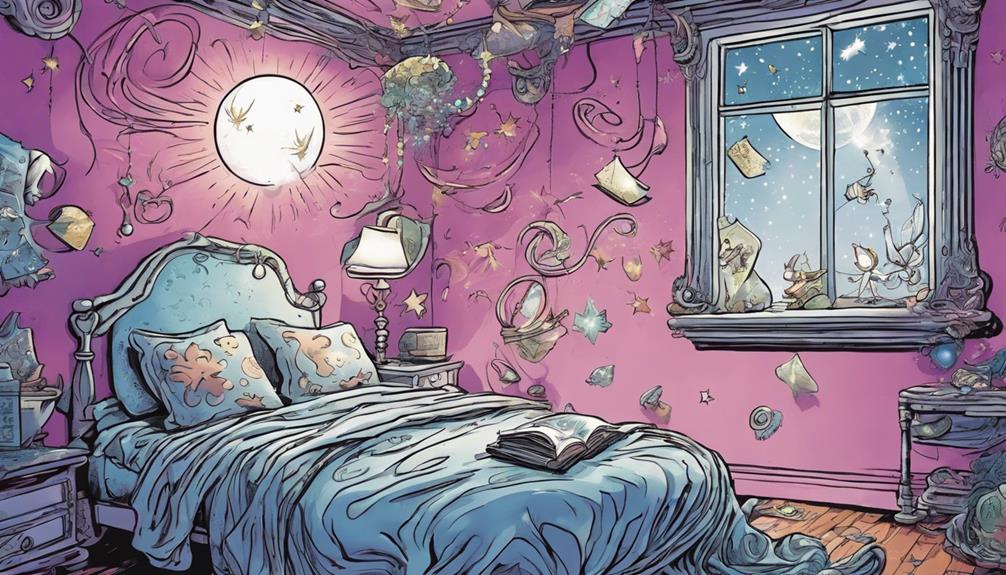The Tooth Fairy's amazing discoveries reveal the enchanting cultural traditions surrounding lost teeth. You'd be surprised to learn that kids in 2023 receive an average of $4.13 for their teeth, showing how this beloved figure has evolved over time. Different countries have unique customs, like exchanging teeth for coins or tossing them while making wishes. Losing baby teeth not only marks a significant growth milestone, but also promotes conversations about dental health within families. As you explore, you'll uncover even more delightful facts about the Tooth Fairy and her lasting impact on childhood memories and cultural practices.
Key Takeaways
- The Tooth Fairy originated from 17th-century European rituals aimed at ensuring strong adult teeth and evolved into a beloved childhood figure in American culture.
- Global traditions vary, with cultures like France and Spain having unique characters exchanging lost teeth for rewards, such as a mouse or El Ratoncito Pérez.
- The average Tooth Fairy payment in 2023 is $4.13 per tooth, reflecting societal changes and inflation over time.
- Losing baby teeth is a significant developmental milestone, fostering discussions about oral health and creating cherished family memories through Tooth Fairy rituals.
Origins of the Tooth Fairy
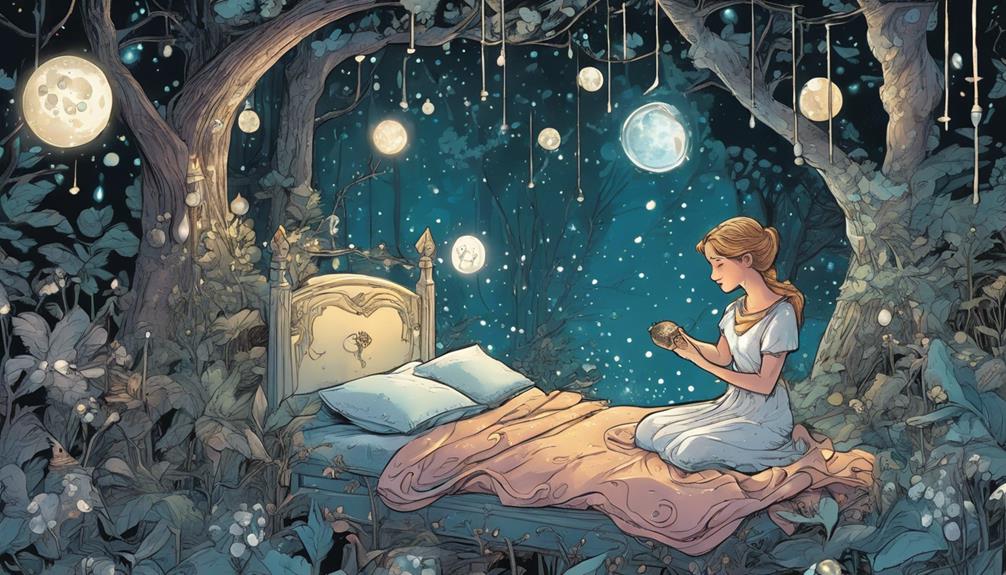
The Tooth Fairy's origins can be traced back to 17th-century Europe, where rituals surrounding children's lost teeth aimed to guarantee the growth of strong adult teeth. In those times, parents would bury or dispose of their child's lost teeth, believing it would secure that their adult teeth would come in healthy and strong. This early Tooth Fairy tradition highlighted the importance of dental health, even back then.
Interestingly, Vikings in Scandinavia had their own twist on this tradition. They practiced a custom of paying children for their lost teeth, seeing these tiny treasures as tokens of good fortune, especially in battle. The value placed on these lost teeth reflected a deep-seated belief in their magical properties.
As the Tooth Fairy concept began to spread, the first known reference in the U.S. appeared in 1908, paving the way for its growth in American culture. By 1927, Esther Watkins Arnold's play, 'The Tooth Fairy,' further established this character as a cherished part of childhood. Over time, Disney's enchanting portrayals helped solidify the Tooth Fairy myth, merging traditional beliefs with a uniquely American flair.
Tooth Traditions Around the World
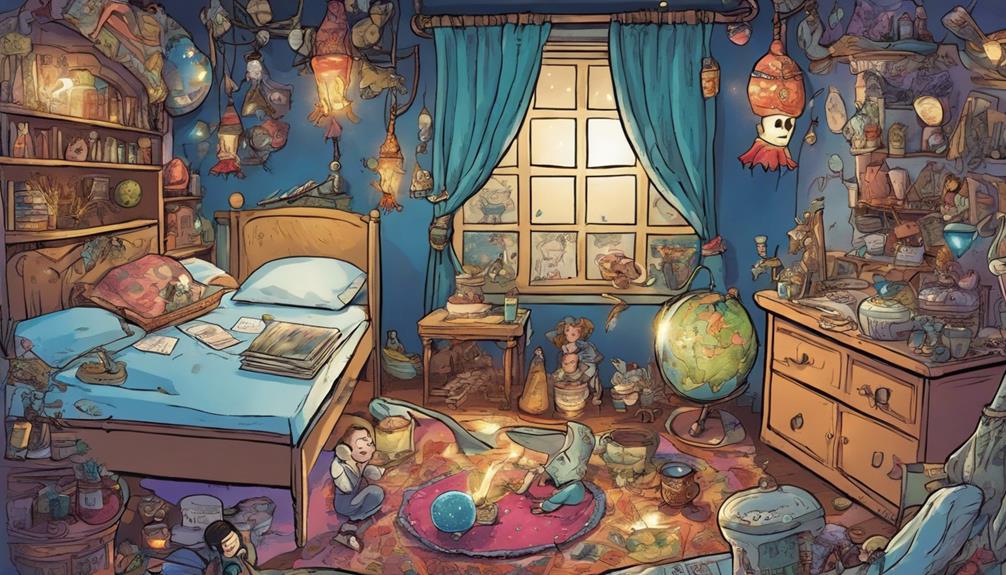
Across the globe, diverse tooth traditions reflect unique cultural beliefs and practices surrounding the loss of children's teeth.
In France, kids enthusiastically anticipate a visit from a mouse, inspired by a Tooth Fairy story from the 17th century, who exchanges lost teeth for coins. Spanish-speaking countries celebrate El Ratoncito Pérez, where children receive gifts or money for their lost tooth, with variations like placing teeth in water in Argentina for collection.
In China, kids make wishes on their lost teeth, and if parents hide the tooth, finding it after a year grants a second wish. This highlights the significance of tooth disposal rituals in their culture.
In Nigeria, boys and girls have different customs, tossing teeth into the air as part of their gender-specific rituals. Meanwhile, in Indonesia, the direction of the throw predicts future teeth alignment.
Middle Eastern traditions often involve tossing lost teeth skyward while praying, emphasizing religious and health-related practices.
These traditions showcase the rich tapestry of beliefs surrounding the lost tooth, demonstrating how cultures celebrate this milestone in children's lives.
The Tooth Fairy in American Culture
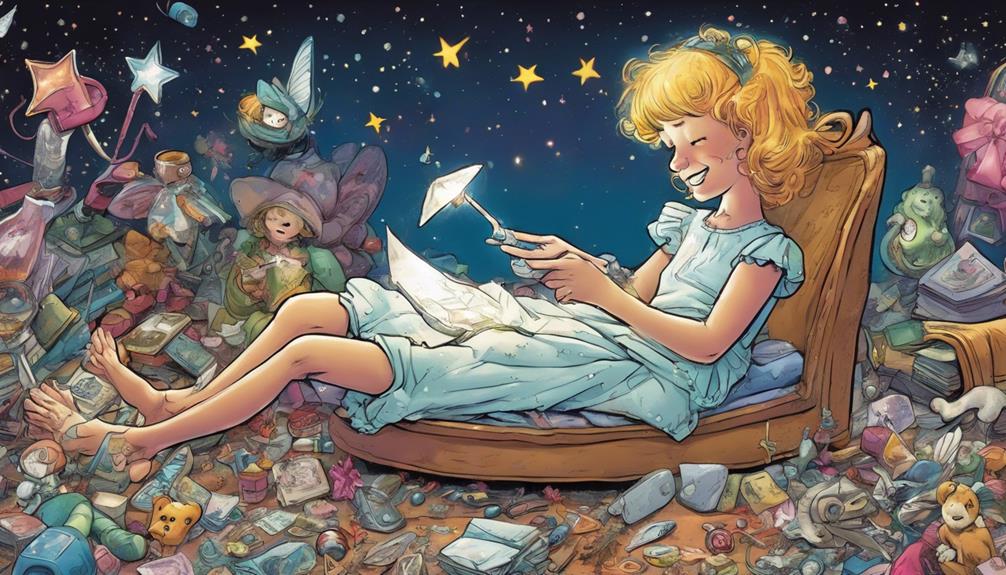
The Tooth Fairy has evolved considerably in American culture since its early 20th-century origins.
You might find it fascinating how this whimsical figure not only rewards children with money for their lost teeth but also symbolizes a comforting change in their lives.
As you explore these cultural shifts, consider how the tradition impacts childhood experiences even today.
Cultural Evolution Over Time
In American culture, the Tooth Fairy has evolved from a little-known concept in the early 1900s to a beloved figure that comforts children and enriches family traditions. Initially mentioned in the Chicago Daily Tribune in 1908, the Tooth Fairy soon gained traction through Esther Watkins Arnold's 1927 play, which introduced the idea of exchanging lost baby teeth for money.
The post-World War II era shifted family dynamics, making the Tooth Fairy a central figure in helping kids cope with the loss of their baby teeth. As the tradition grew, so did the economic implications, with average monetary gifts rising considerably.
Here's a quick look at the evolution of the Tooth Fairy tradition over time:
| Year | Average Gift | Notable Cultural Shift |
|---|---|---|
| 1900 | $0.12 | Early mentions in newspapers |
| 1927 | $0.25 | Esther Watkins Arnold's play |
| 1950s | $0.50 | Post-war child-centered focus |
| 2000 | $2.00 | Increased commercialization |
| 2023 | $4.13 | Global influence and media |
This table highlights how the Tooth Fairy has adapted, reflecting broader changes in society and family life.
Monetary Rewards and Symbolism
Monetary rewards from the Tooth Fairy not only celebrate a child's growth but also symbolize the blending of fantasy and reality in American culture. When your child loses a tooth, placing it under the pillow creates a magical ritual that marks a significant milestone. The average payment of $4.13 per tooth, as reported in 2023, reflects society's evolving traditions around this cherished exchange.
This practice helps ease children's fears about losing their teeth and moving into adulthood. As they wake up to find a coin or bill, it reinforces feelings of excitement and anticipation. The act of trading a tooth for monetary rewards signifies a child's maturation and responsibility, showing that they're stepping into a new phase of life.
Interestingly, research indicates that around 75% of children continue to relish the Tooth Fairy tradition, even after learning the truth about her existence. This enduring appeal highlights the powerful role of imagination in childhood and the sentimental value of these moments.
Ultimately, the Tooth Fairy serves as a comforting figure, weaving together the threads of fantasy and reality in a memorable way that shapes your child's formative years.
Significance of Losing Baby Teeth
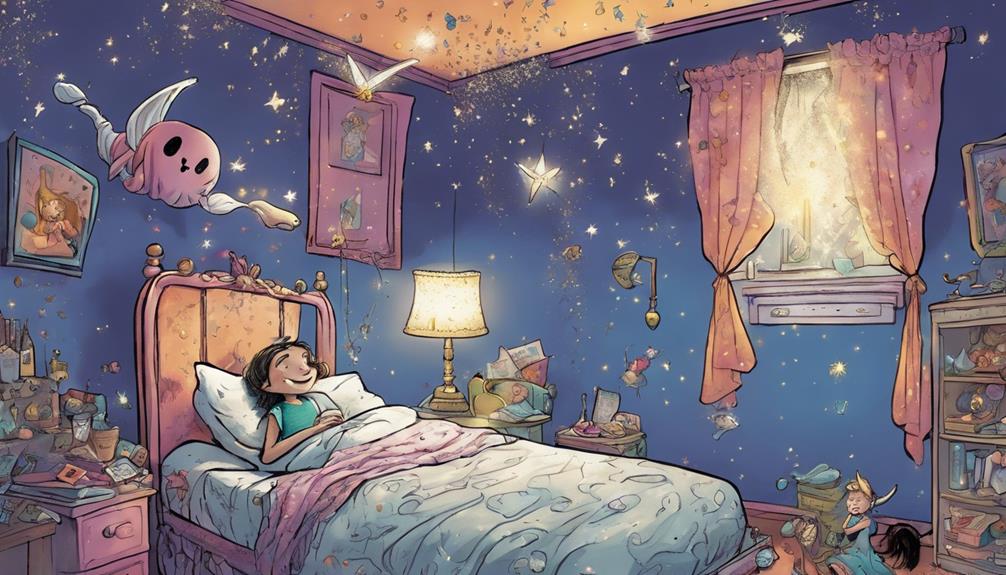
Losing baby teeth is more than just a rite of passage; it's a key developmental milestone in your child's growth.
This moment opens the door for you to create lasting memories together, especially through the magical Tooth Fairy tradition.
As your child navigates this change, it also sparks important conversations about dental health and the importance of caring for their teeth.
Developmental Milestone Importance
The change from baby teeth to adult teeth is a crucial developmental milestone that signals your child's growth and readiness for the next stage of life. Typically starting around age six, this shift is more than just losing teeth; it's a time for you and your child to embrace new experiences.
Losing baby teeth indicates a shift from infancy to childhood, preparing them for adulthood. This process encourages discussions about oral health, laying the groundwork for lifelong dental care. The Tooth Fairy tradition adds a fun, magical element, making the experience memorable for both you and your child.
As your child loses their primary teeth, it's important to support them through this exciting phase. You can help them feel secure by sharing stories and rituals surrounding the Tooth Fairy. This not only strengthens your emotional bond but also reinforces positive attitudes towards dental care.
Encourage good oral hygiene habits during this time; it's a perfect opportunity for you to educate them about taking care of their teeth. Remember, this milestone isn't just about losing teeth—it's about growth, learning, and creating cherished memories together.
Creating Lasting Memories
As your child experiences the excitement of losing baby teeth, it opens up a wonderful opportunity to create lasting memories that they'll cherish for years to come. This rite of passage not only marks their growth but also allows you to engage in delightful rituals, like leaving the lost tooth under their pillow for the Tooth Fairy.
These moments foster emotional bonding, as you share stories about your own experiences with lost teeth and the magical Tooth Fairy. By discussing dental health during this time, you can help your child understand the importance of oral hygiene, making the shift to adult teeth a positive experience.
Even though most kids discover the Tooth Fairy isn't real between ages 5-7, about 75% continue to enjoy the tradition. This highlights the lasting impact such memories have on childhood.
The tooth-loss journey isn't just about the teeth themselves; it's about the laughter, the anticipation, and the stories you create together. Embrace these moments, and turn each lost tooth into a cherished memory that strengthens your family bonds for years to come.
Creative Ways to Preserve Teeth
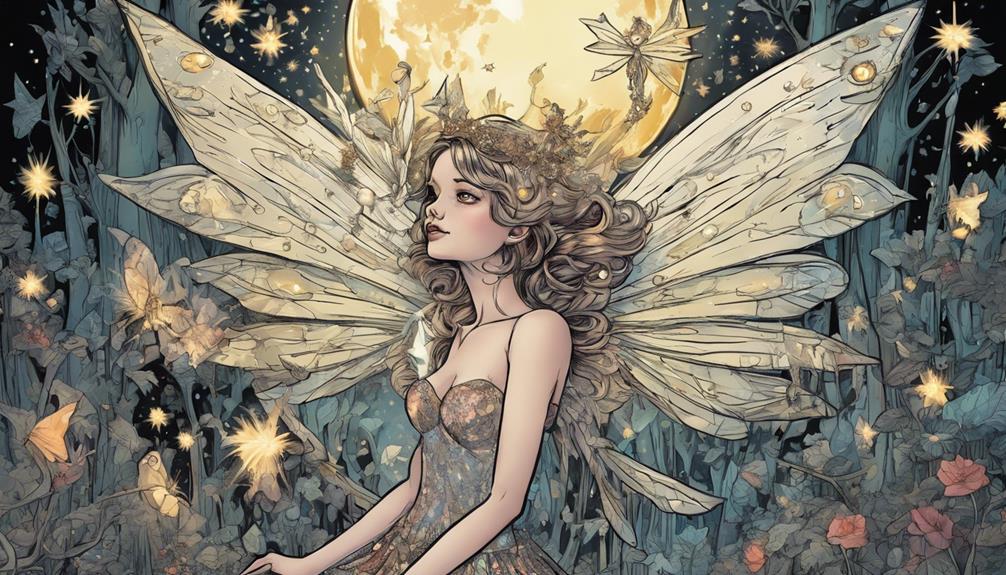
Creating lasting memories with your child's lost teeth can be both fun and meaningful through various innovative preservation methods. By choosing creative ways to keep these tiny treasures, you'll not only cherish the memories but also provide unique learning opportunities for your child.
Here are a few ideas to contemplate:
- Keepsake Box: Store your child's baby teeth in a beautifully decorated keepsake box, turning them into personalized heirlooms that can be passed down through generations.
- Jewelry: Transform lost teeth into sentimental jewelry pieces, like pendants, so your child can wear a piece of their childhood and celebrate milestones.
These methods not only preserve memories but also highlight the importance of dental care. By integrating these creative ideas into your family traditions, you'll foster a deeper appreciation for both the journey of growing up and the value of maintaining healthy teeth.
Promoting Children's Oral Health

Preserving your child's lost teeth can spark conversations about the importance of maintaining good oral health habits from an early age.
Using the Tooth Fairy narrative, you can make discussions about oral hygiene fun and engaging. By incorporating songs and stories about the Tooth Fairy, you can help alleviate any fears your child may have about dental visits.
Establishing good oral hygiene practices now can greatly reduce the risk of cavities and other dental issues later on.
Encourage your child to brush twice a day and floss regularly, teaching them these habits through the whimsical lens of the Tooth Fairy. You might even create a little ritual where they leave a note for the Tooth Fairy about their brushing routine, reinforcing positive behavior.
Fun Facts About the Tooth Fairy

Did you know that National Tooth Fairy Day is celebrated on February 28 and August 22, giving families a chance to honor this magical tradition twice a year? This special day allows you to celebrate the joy of losing a baby tooth and the excitement that comes with it.
Here are some fun facts about the Tooth Fairy:
- The average Tooth Fairy gift in the U.S. is $4.13 per tooth, showing how generous parents can be.
- Research reveals that most children figure out the Tooth Fairy isn't real between ages 5 and 7, but about 75% still enjoy the tradition.
The Tooth Fairy became popular in American culture in the early 20th century, thanks in part to a short play titled 'The Tooth Fairy' by Esther Watkins Arnold in 1927.
This whimsical figure continues to bring joy to children and families, turning the loss of baby teeth into a cherished celebration.
Economic Impact of the Tooth Fairy
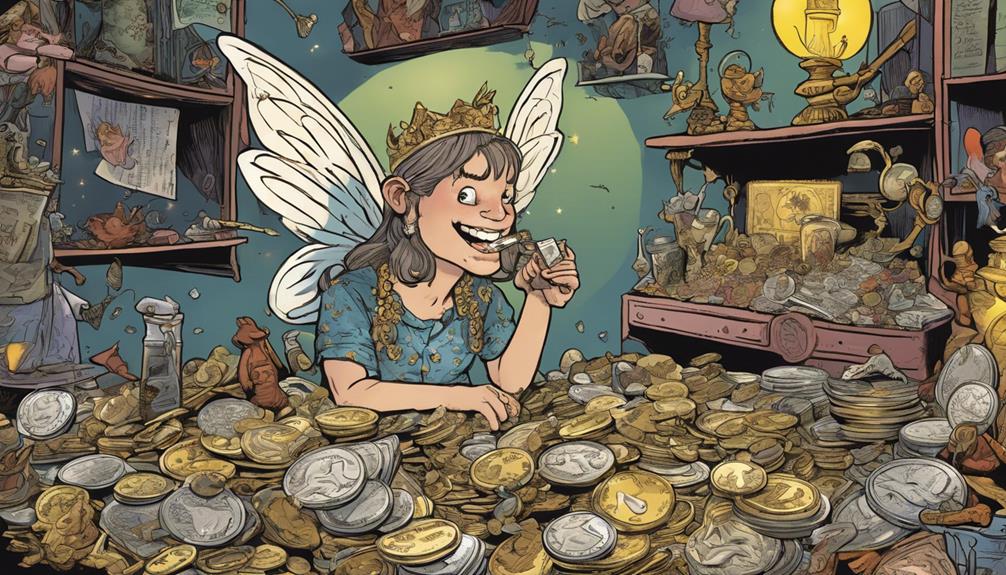
When you think about the Tooth Fairy, consider how this tradition represents a unique currency exchange for kids.
Over the years, payments for lost teeth have risen dramatically, reflecting inflation and changing values.
This little ritual not only teaches children about money but also mirrors broader economic trends in gifting and childhood experiences.
Tooth Currency Exchange
The Tooth Fairy tradition has transformed the way kids perceive money, turning lost teeth into a playful form of currency that reflects both economic changes and cultural values. This tooth currency exchange educates children about the importance of value and reward during a pivotal developmental stage.
Consider these key points about the economic impact of the Tooth Fairy:
- The average payout for a lost tooth has surged from 12 cents in 1900 to about $4.13 in 2023, showcasing inflation and evolving cultural norms.
- Around 75% of kids still embrace the Tooth Fairy concept even after discovering the truth, highlighting its lasting cultural significance.
The Tooth Fairy not only adds excitement to losing teeth but also serves as a fun introduction to the world of money. By engaging in this light-hearted exchange, you can help your child grasp fundamental economic principles while creating cherished memories centered around milestones in their childhood.
Historical Payment Trends
Over the years, payment trends from the Tooth Fairy have mirrored significant shifts in economic conditions and societal expectations, reflecting how much families are willing to invest in childhood experiences. Historical payment trends show a dramatic rise from just 12 cents in 1900 to about 85 cents in 1975. Today, the average Tooth Fairy gift in the United States is around $4.13 per tooth, highlighting how parents prioritize rewarding their children during these formative moments.
This playful tradition not only serves as a rite of passage but also introduces kids to basic economic principles, similar to the Santa Claus tradition. You might notice that the monetary exchange for lost teeth aligns with broader market economy principles, adapting to changing parental spending habits and cultural values.
Post-World War II, there's been a noticeable shift towards child-centered experiences, leading families to invest more in these small gestures of joy.
Ultimately, the Tooth Fairy's role has evolved, reflecting how families perceive and celebrate childhood milestones, and it shows just how intertwined these traditions are with our economic landscape.
Inflation and Value
Inflation has dramatically influenced the value of Tooth Fairy gifts, with today's average payment of $4.13 reflecting broader economic trends and shifts in consumer behavior. As you can see, the value of these gifts has seen a remarkable rise over the years, highlighting how inflation affects even the whimsical aspects of childhood.
In 1900, the Tooth Fairy's payment was just 12 cents. By 1975, that value climbed to 85 cents, showing steady growth. Now, the average ranges from $1 to $5 per tooth.
This increase isn't just about money; it serves as a practical lesson for kids about the concept of monetization. When children lose teeth, they exchange them for cash, reinforcing the value of earning.
Additionally, the inflationary trends in Tooth Fairy gifts mirror larger economic patterns, linking the rise in payments to overall living costs and consumer prices. The Tooth Fairy and Santa Claus function similarly in our culture, both facilitating financial exchanges tied to cherished childhood experiences.
Understanding this connection helps you appreciate how even the Tooth Fairy must navigate the economic landscape shaped by inflation.
Community Engagement and Science

Community engagement plays an essential role in scientific research, as demonstrated by the St. Louis Baby Tooth Study, where local citizens actively contributed to uncovering the impacts of atomic testing on public health. This initiative involved the collection of over 250,000 baby teeth from children around the area, allowing researchers to analyze radiation exposure levels prior to extensive nuclear testing.
Citizens rallied together to support this significant research effort. Through engaging promotional campaigns on radio and television, every school in the St. Louis region participated, motivating families to contribute. Kids who donated their teeth received 'I GAVE MY TOOTH TO SCIENCE' buttons, celebrating their role in this important scientific inquiry.
The findings from the Baby Tooth Study not only highlighted the dangers of radiation but also informed national discussions about nuclear testing. This grassroots effort ultimately contributed to the signing of the Limited Nuclear Test Ban Treaty in 1963, showcasing how community engagement can drive meaningful change.
Resources for Dental Care
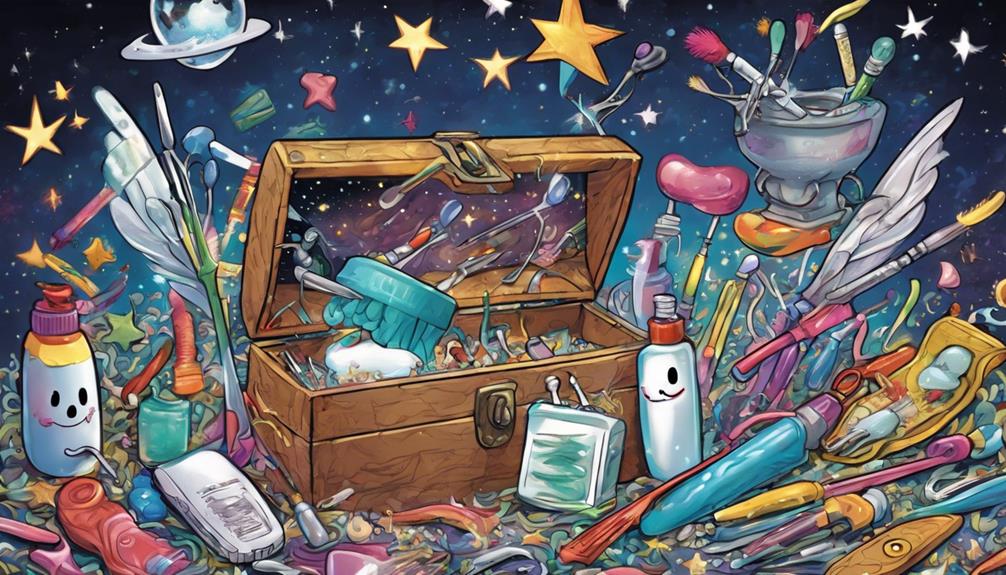
Building on the importance of community engagement in health, having access to quality dental care resources is essential for maintaining children's oral health. Making certain your kids receive proper care for their deciduous teeth can set them up for a lifetime of healthy smiles. With the right resources, you can make dental visits more enjoyable and less intimidating.
Here are some valuable resources you might consider:
- Specialized Pediatric Dentistry: Clinics like Kids Healthy Teeth in Katy, TX, focus specifically on children's dental needs.
- Family Block Appointments: Amber Hills Dental offers convenient scheduling for the whole family, making it easier to manage dental checkups.
Using stories like the Tooth Fairy can also help ease children's fears about dental visits.
Frequently Asked Questions
What Is the Tooth Fairy Known For?
The Tooth Fairy's known for collecting lost baby teeth from children while leaving behind a small monetary reward. This enchanting tradition helps ease fears, promoting positive dental experiences and encouraging visits to the dentist.
What Does the Tooth Fairy Collect?
'Every cloud has a silver lining.' You'll find the Tooth Fairy collects lost baby teeth, exchanging them for coins. This ritual celebrates your child's growth while fostering excitement about dental health and the change into adulthood.
Is There Any Evidence of the Tooth Fairy?
There's no concrete evidence of the Tooth Fairy's existence. Instead, her story thrives in folklore and cultural traditions, offering children a magical experience that many cherish, even as they grow up and realize the truth. The Tooth Fairy’s origin can be traced back to European legends and traditions, where children would leave their lost teeth under their pillows in exchange for a small gift or money. While there is no tangible proof of the Tooth Fairy’s existence, many believe in the magic and wonder of her visits. As children lose their baby teeth, they eagerly anticipate the tooth fairy’s discoveries and the surprises she leaves behind.
What Is the Real Story of the Tooth Fairy?
Like a whimsical tale from a storybook, the Tooth Fairy's real story blends centuries-old traditions with comforting lore. Originating in Europe, she symbolizes hope, easing children through the enchanting journey of losing their baby teeth.
Conclusion
As you reflect on the magic of the Tooth Fairy, remember that losing baby teeth isn't just a rite of passage; it's a cherished moment filled with wonder.
You might think it's just a story for kids, but the joy and excitement it brings can create lasting memories for families.
Embrace the enchantment and celebrate these milestones together, knowing that each tiny tooth holds a world of imagination and connection that can bring you closer as a family.
